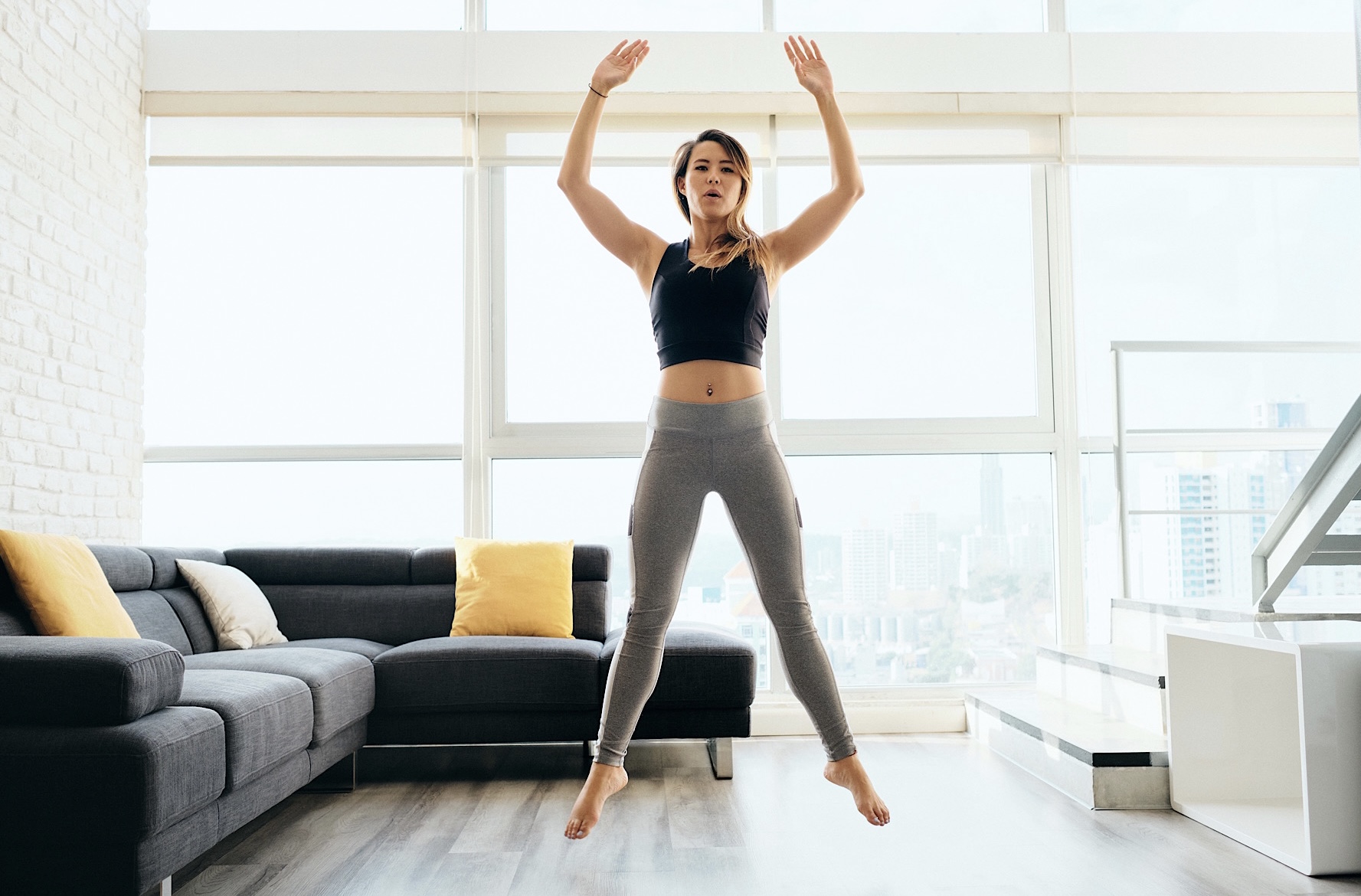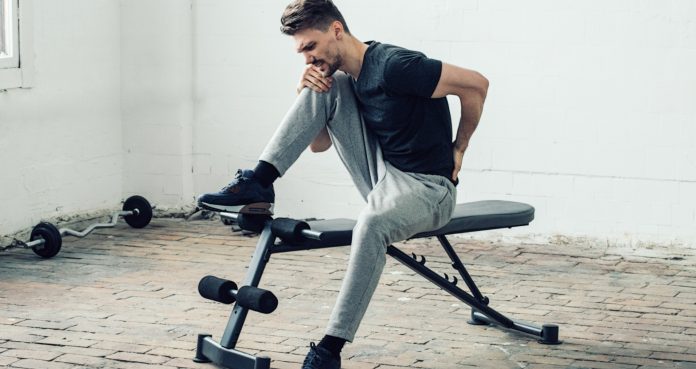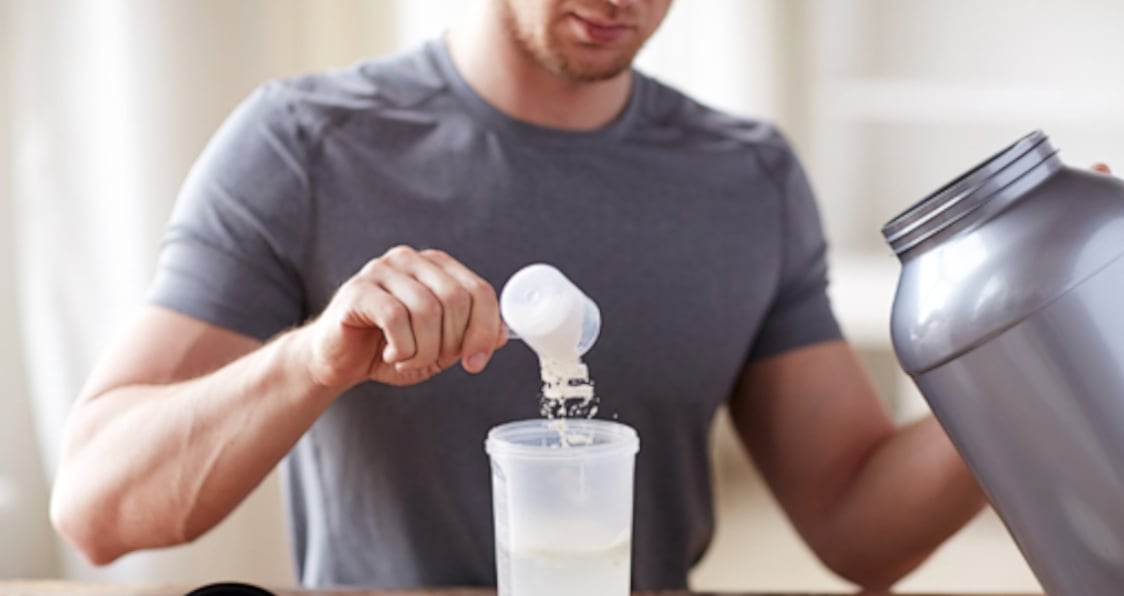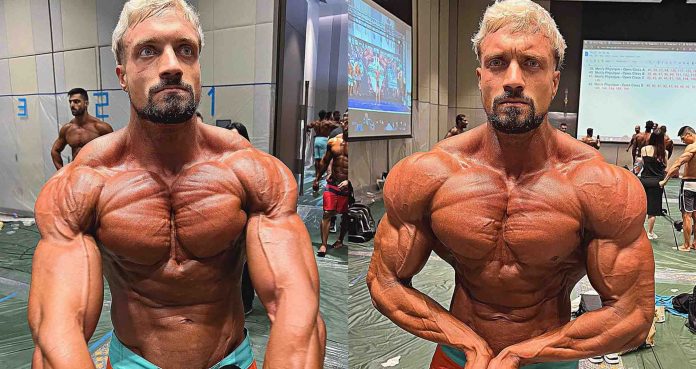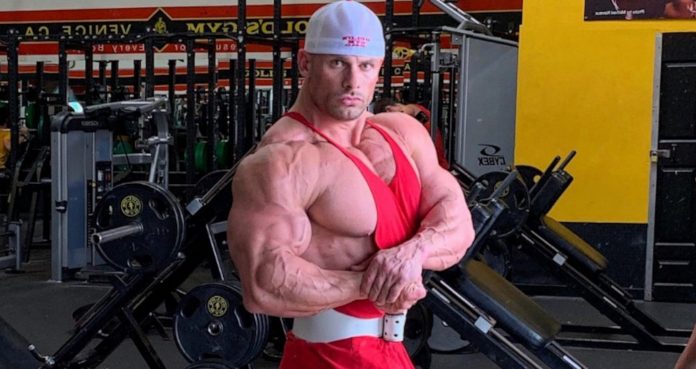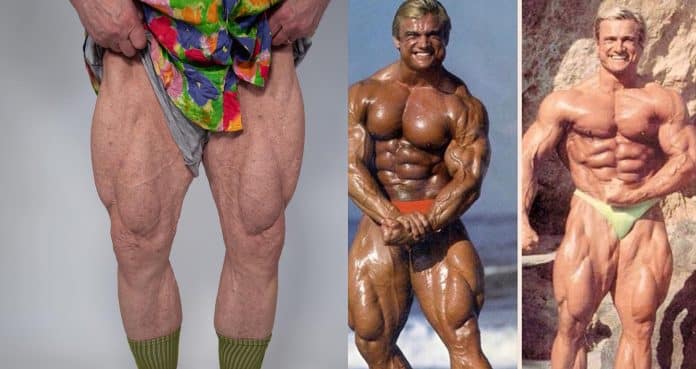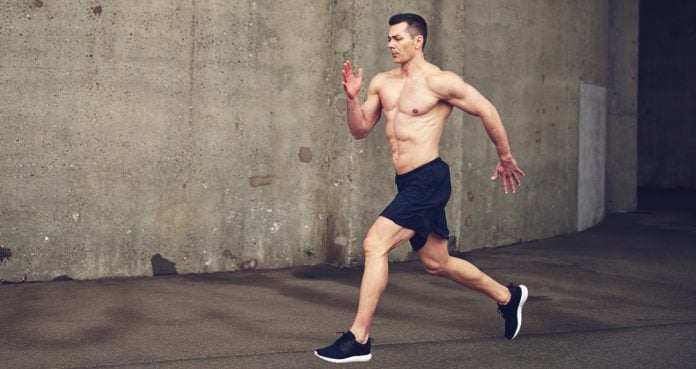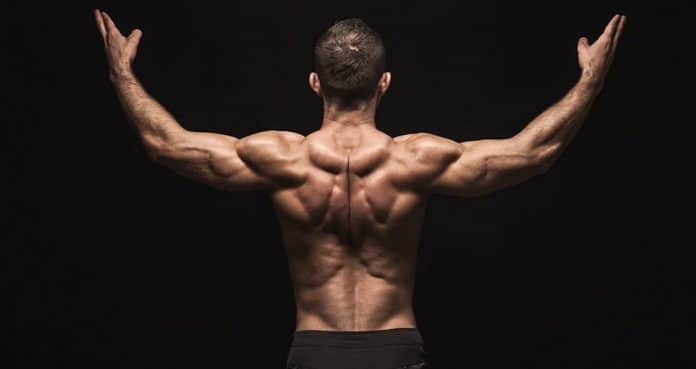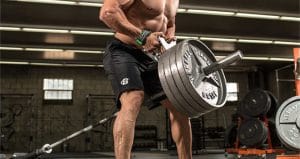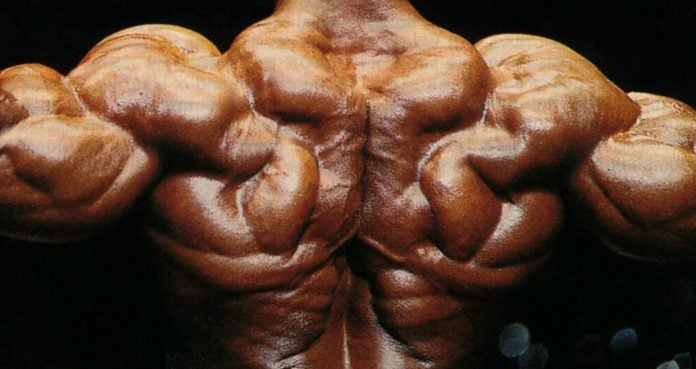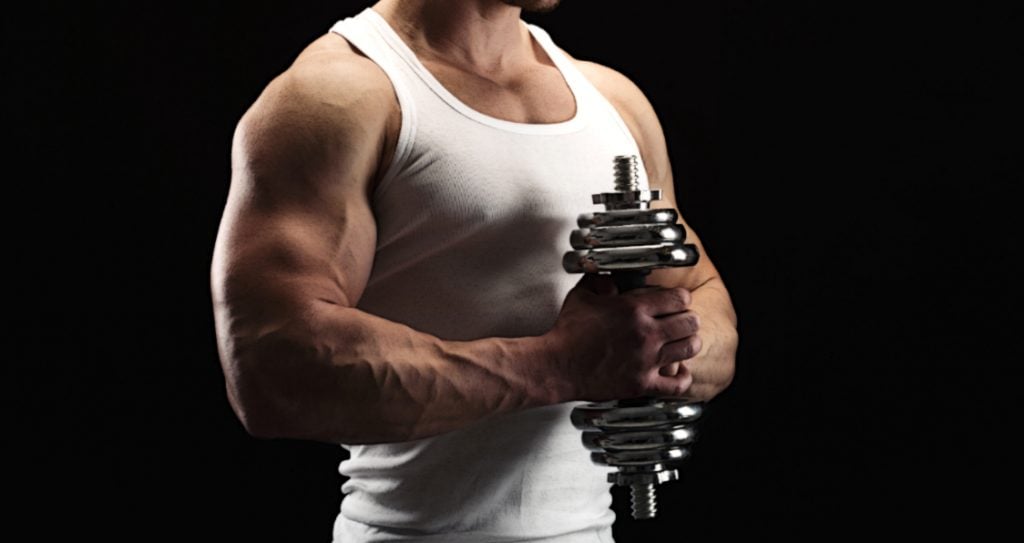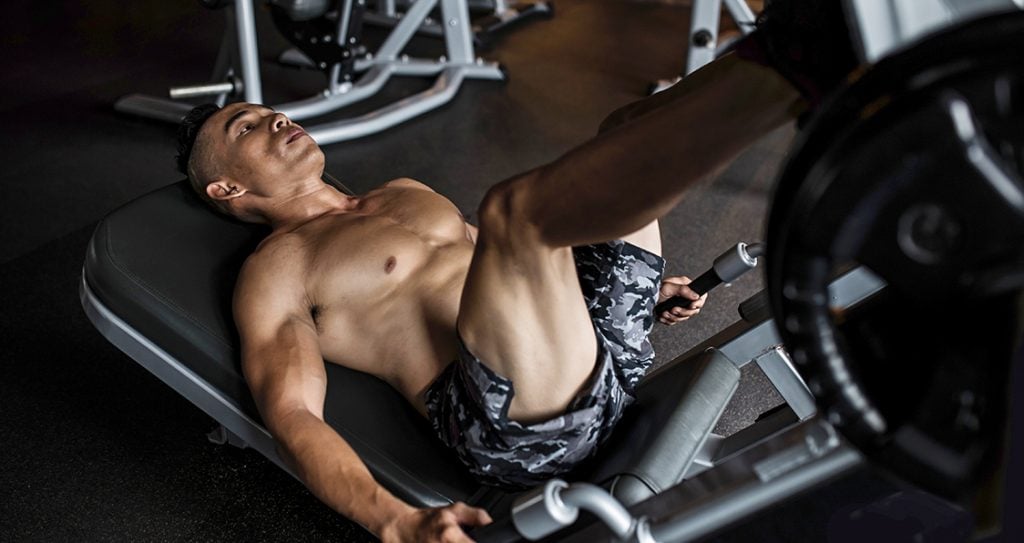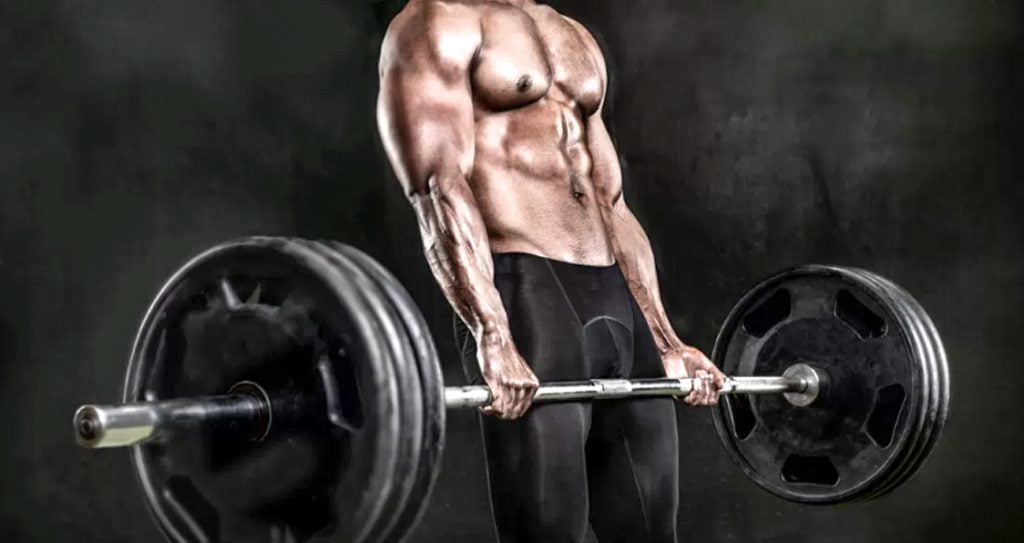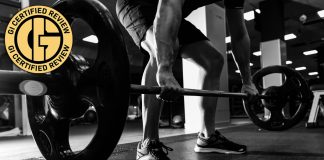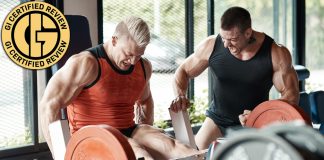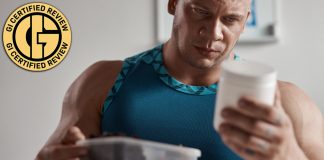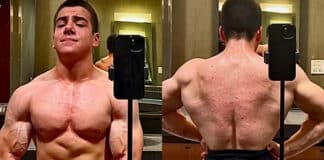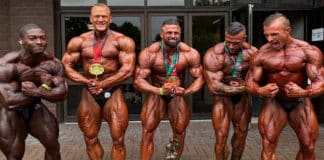The Eight Best Bodyweight Exercises for Glutes
Glutes are made for bodyweight workouts. Sure, your rear end will benefit from long, heavy iron sessions of squatting and lunging that will produce a gluteus maximus worthy of its name.
But given the abuse our glutes take all day, it makes sense to perform bodyweight exercises for glutes, and not just during workouts. Most of us sit on our butts all day, which deactivates our glutes, tightening our hips and shortening our hamstrings, leading to all manner of muscular dysfunction, most notably back problems.
When we can activate our glutes, however, we can prevent this chain of pain and place our bodies back in proper alignment. One good way to start is by getting in the habit of activating (squeezing) your glutes, one cheek at a time, while standing in line or sitting in traffic. Get in the habit of squeezing your cheeks as you walk or climb stairs.
If you approach daily life as one big glute workout, you’ll be well on your way to muscular glutes and pain-free living.One study suggested that some of the most common exercises produce significant improvements in the glutes. With that in mind, here are eight of the best bodyweight exercises for legs.
Glute Squeeze
What it does: It activates the glutes.
How to do it: From a standing or sitting position, squeeze your left glute (butt cheek) and hold for two seconds. Release. Do a set of 10 on each side.
How many? Do these throughout the day and not just before a workout. Stand up once an hour at work and knock out a set of 10 on each side. Do them while sitting in traffic or while stuck in a meeting. Think of life as one continual glute workout.
Quadruped Rocking
What it does: This move is a combination of two familiar yoga poses: cow and child’s pose and provides a great stretch for the quads and hips.
How to do it: Get down on all fours and let the lower back sag. Push your hips back as far as you can, holding the lumbar arch. You should feel a stretch in and around the hips. Return to the starting position and repeat.
How many? 2 sets of 10 reps with 30 seconds rest between sets.
 Glute Bridge
Glute Bridge
Why: It’s one of the best moves to improve the activation patterns of the glutes.
How: Lie face up on the floor with knees bent 90 degrees and feet on the floor. Squeeze your glutes and bridge your hips to the ceiling. Only your shoulders and hips remain on the ground. Hold for two seconds and then lower your hips toward the ground without touching. Repeat for a set of 10.
How many? 2 sets of 10 reps with 30 seconds rest between sets.
Inverted Hamstrings
What it does: This move forces you to fire (activate) your glutes. Practicing such movements becomes a habit while training and in everyday life.
How to do it: Balance on your right foot, keeping tummy tight,and shoulders back and down. Bend at the waist with both hands out to the sides and extend your left leg back as you fire the left glute. Your shoulder and heel should move together, forming a straight line. Return to starting position and switch legs, performing a set of 10 on each leg.
How many? 2 sets of 10 reps per side.
What it does: Also known as a pistol squat, the single-leg squat challenges your balance and core stability, especially the glutes.
How to do it: Stand on one leg with that foot pointing straight ahead and the knee of the other leg slightly bent. Raise the non-supporting foot slightly off the floor. Lower to a squat, keeping the knee of your supporting leg centered over the foot.
How many? 2 sets of 10 reps with 30 seconds rest between sets.
Lateral Lunges
What it does: Lateral movement is important to sports and the motions of everyday life, but too often we ignore it in the gym. The lateral lunge hits the quads and glutes, along with the hamstrings.
How to do it: Step out to the right, keeping toes pointed straight ahead and feet flat. Squat down only your right leg, keeping the left leg straight. Squat as low as possible, keeping the left leg straight and holding for two seconds. Return to the starting position and repeat for a set of 10. Switch sides.
How many? 2 sets of 10 reps (per side) with 30 seconds rest between sets.
Straight Leg Skipping
What it does: This move works your hamstrings and glutes while also challenging your coordination.
How to do it: From a standing position, lift one leg straight in front of you while you swing the opposite arm forward. Pull your heel down to the ground as the other arm and leg swing forward. Repeat for a set of 10.
How many? 2 sets of 10 reps (per side) with 30 seconds rest between sets.
Squat Jumps
What it does: This move works the hips, knees, and ankles but the key is using your glutes to generate power.
How to do it: Stand with feet just outside the shoulders and hangs behind your head. Squat, keeping your knees behind your toes and squeezing your glutes. After holding this position for two seconds, jump vertically. Pull the toes to your shins in midair to prepare for landing. Land in the starting squat position, hold three seconds, and repeat for 10 reps. Be sure to land softly, with the hips back and down.
How many? 2 sets of 10 reps.
Which of these exercises for glutes is your favorite?
Pete Williams is a NASM-CPT and the author or co-author of several fitness books, including Core Performance and Every Day is Game Day. His work has appeared in publications such as Men’s Health, Men’s Journal, and USA Today.



 Glute Bridge
Glute Bridge
